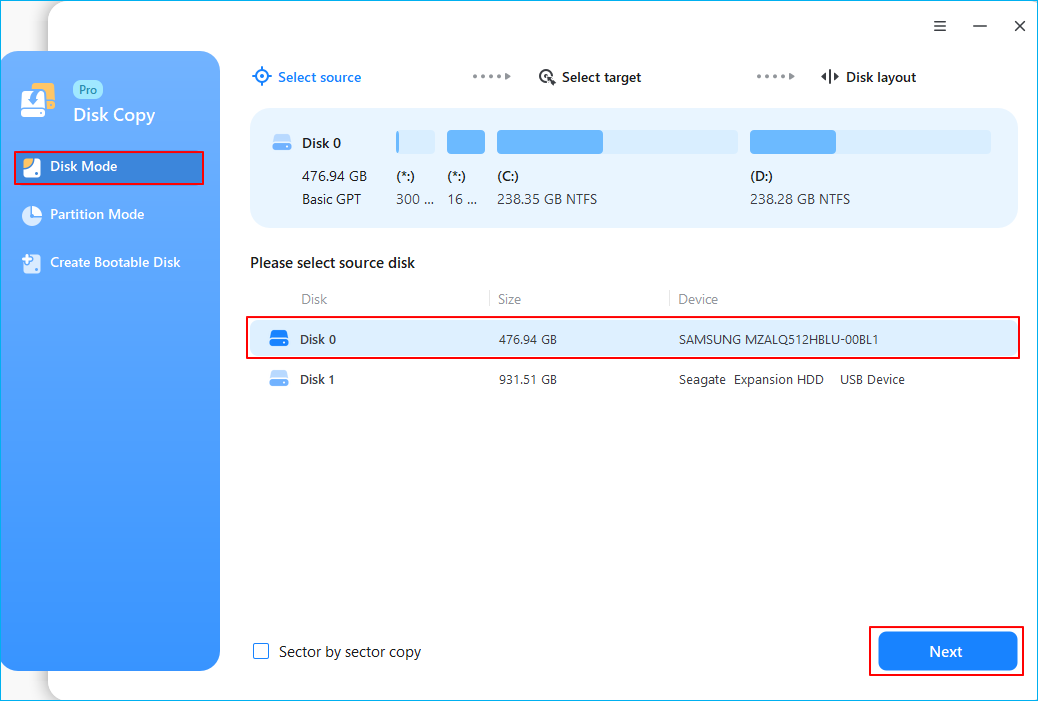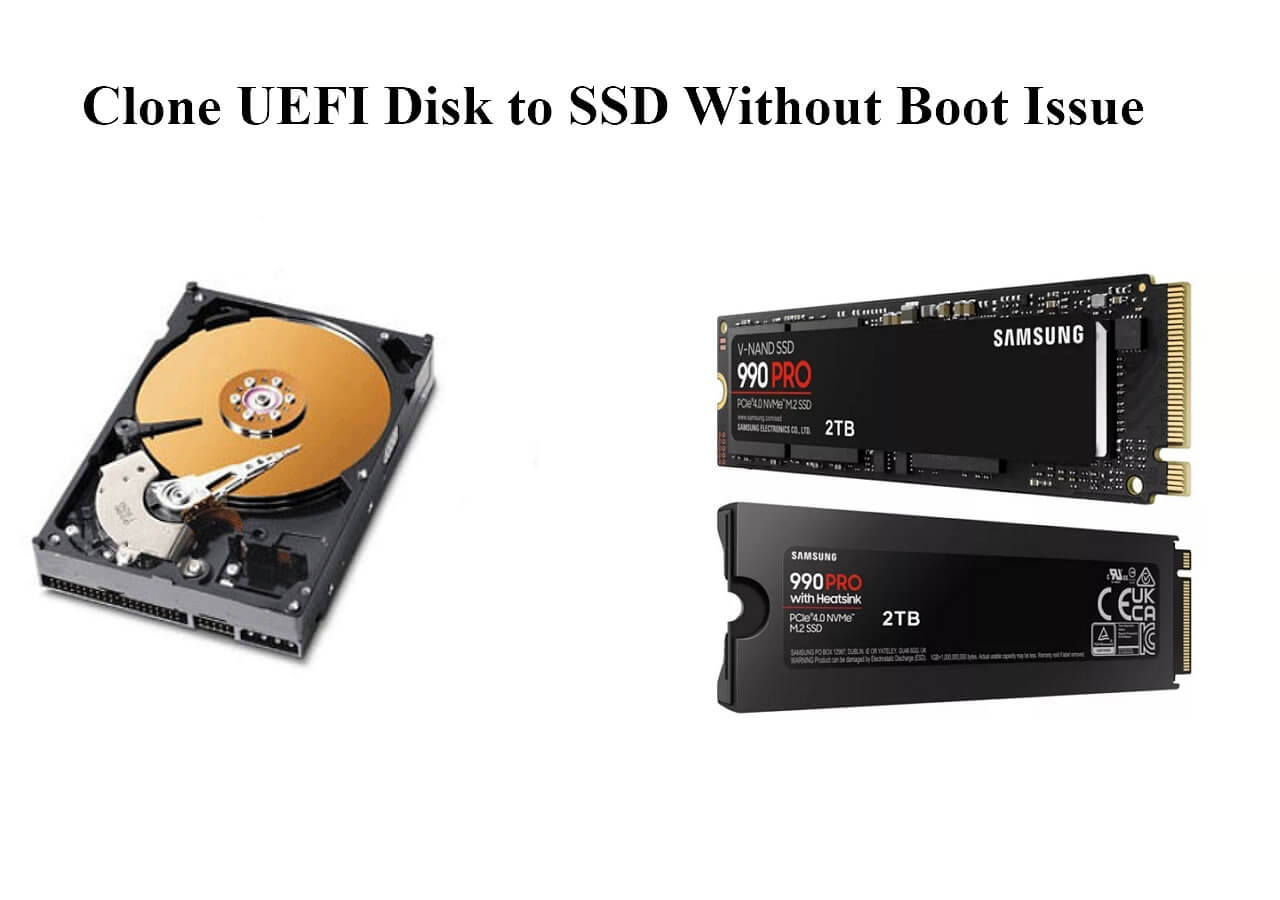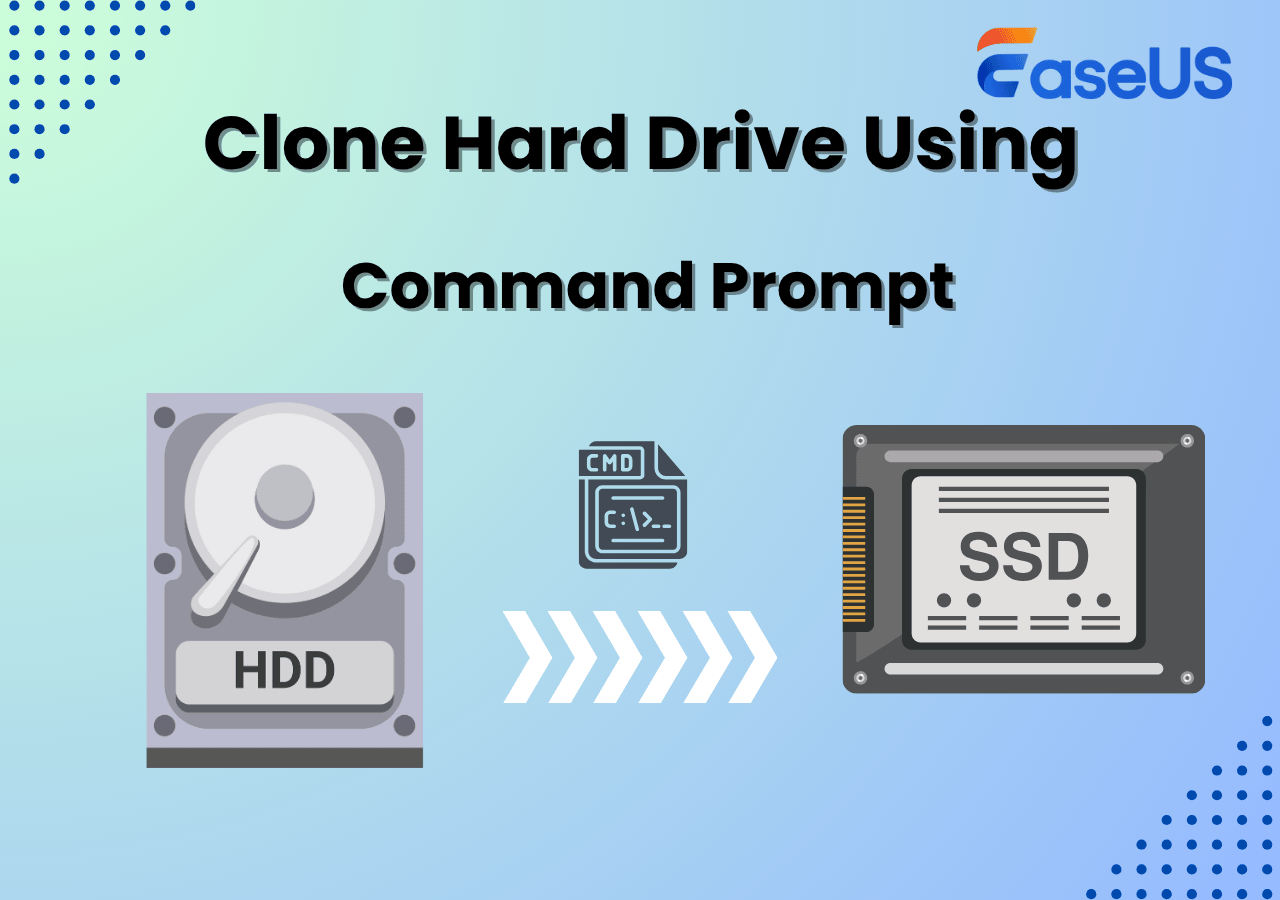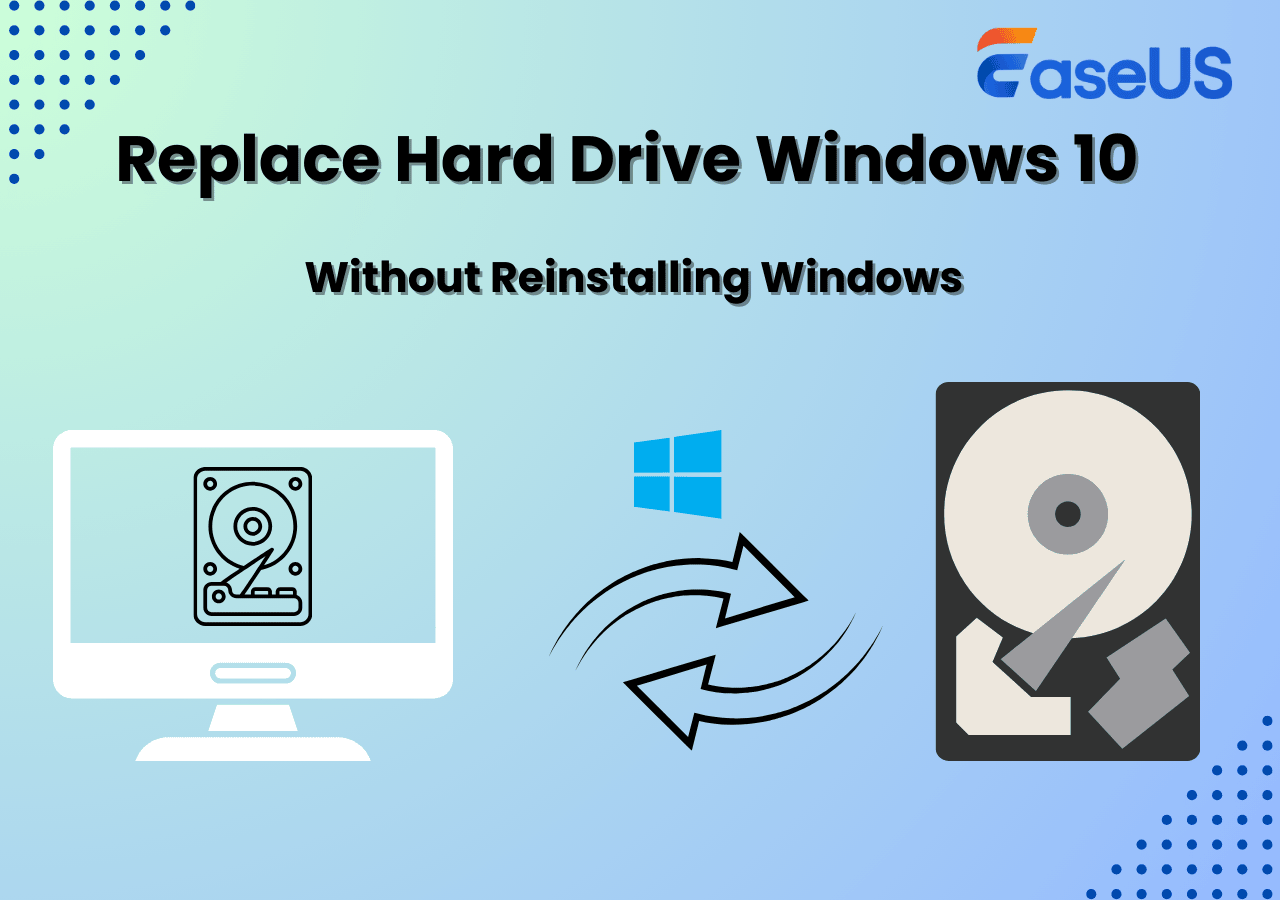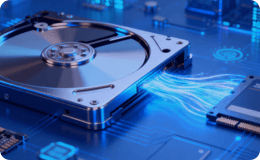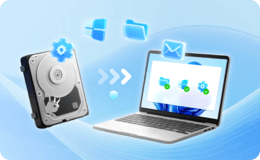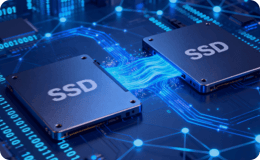Page Table of Contents
The best way to speed up a computer or improve its performance is to replace an old hard drive, but reinstalling Windows is a poor idea because it has many procedures. In the previous article, we discussed how to install Windows 10 on a new hard drive from USB in detail. We will walk you through how to install Windows after replacing hard drive. Most importantly, by following the instructions below, you can change the disk without reinstalling the operating system. Hurry up and learn how to load Windows on a new hard drive.
Do You Have to Reinstall Windows After Replacing Hard Drive
Replacing a laptop's hard drive is becoming increasingly popular for its convenience and efficiency in solving disk or computer problems. The following are some common scenarios in which you need to change your hard drive:
- When running out of disk space, you might need to upgrade to a larger hard drive.
- When your hard drive experiences some failure, you can fix it by switching out the disk for a new drive.
- When your PC becomes slower, replacing old HDD/SSD with a new SSD is one of the best and easiest ways to get a faster write/read speed.
But do you need to reinstall Windows after a hard drive replacement?
Installing Windows 10 on a new hard drive?
byu/Equation-- inWindows10
The answer is in the affirmative. No matter what motivates you to replace your hard drive, one common concern you will face is how to install Windows after doing so. Your computer can only be used generally after system reinstallation.
In the next part, let's learn how to install Windows after changing hard drive and how to install Windows on a new hard drive. Keep moving on!
How to Replace Hard Drive Without Reinstalling Windows
To use the laptop normally, you must reinstall the necessary software and the Windows operating system after replacing the hard drive. This is problematic since it takes a lot of time. Is it possible to replace a hard drive without reinstalling Windows?
The answer is yes. You can replace a hard drive without Windows reinstallation. It is called cloning. You can clone your hard drive to another drive without reinstalling Windows.
For that, you need to use professional disk cloning software because Windows does not have built-in cloning software. Under such circumstances, EaseUS Disk Copy is the right tool to meet your needs.
EaseUS Disk Copy is a professional disk cloning utility for Windows 11/10/8/7. It can help you clone the system, disk, partition, etc., and transfer your Windows 10 from HDD to SSD without losing data. In addition, it can help you clone an M.2 SSD with only one slot and clone a hard drive with bad sectors.
After installing EaseUS Disk Copy on your computer, you can perform the steps below to clone your hard disk to another one without reinstalling Windows.
Video Tutorial on how to install Windows after replacing hard drive
Step-by-step guide on replacing a hard drive without reinstalling Windows using EaseUS Disk Copy:
Before cloning:
- If your computer has only one slot, connect the target disk to your machine via a USB-to-SATA/NVMe adapter.
- If your computer has an extra slot, install the target disk into the empty slot properly, and make sure it is compatible.
Step 1. Launch EaseUS Disk Copy and choose Disk Mode.
Install EaseUS Disk Copy cloning software on your Windows computer, then launch it and select Disk Mode from the left panel.
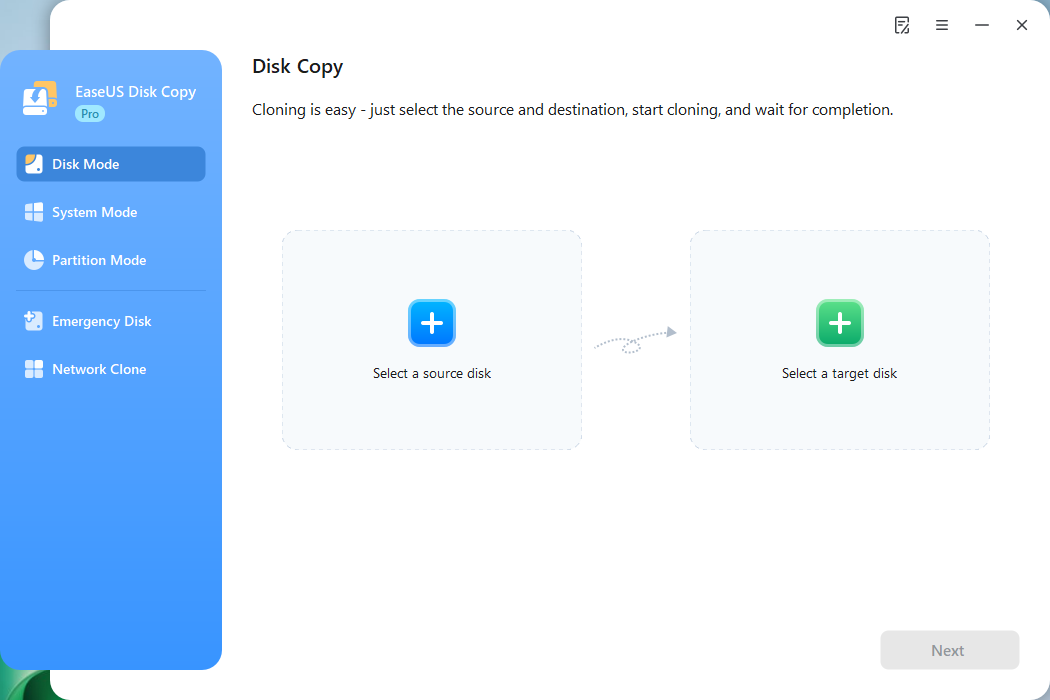
Step 2. Select the source drive.
Select the drive you want to copy, then click Select.
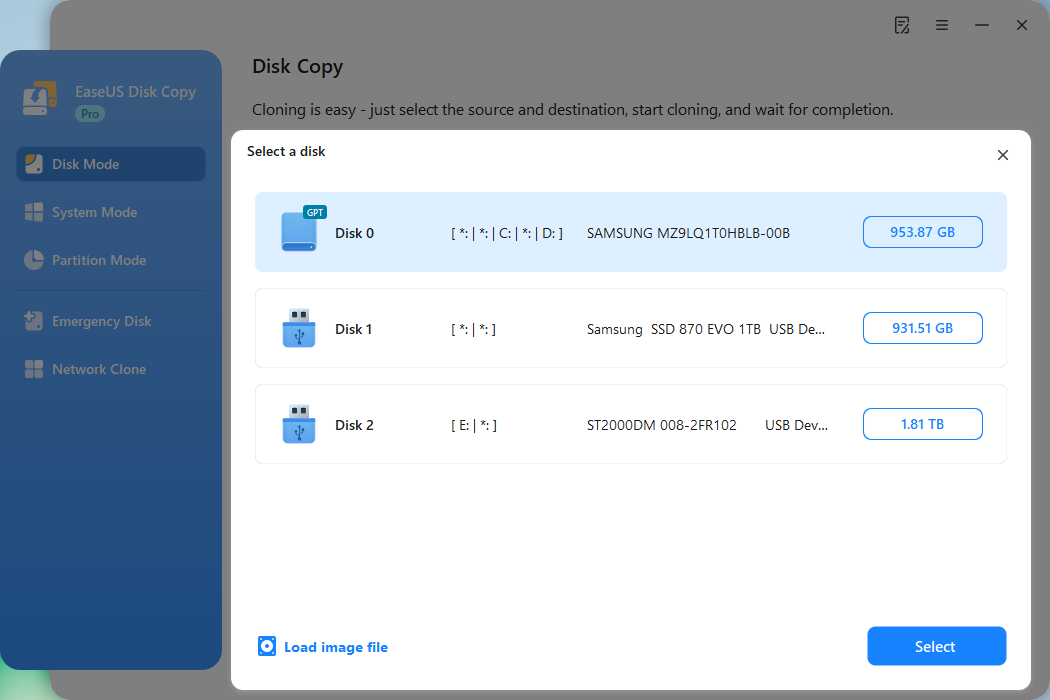
Step 3. Choose the target disk.
Choose the disk that you want to clone data to, and click Select. Note that the used space of the source disk should be less than the target disk capacity.
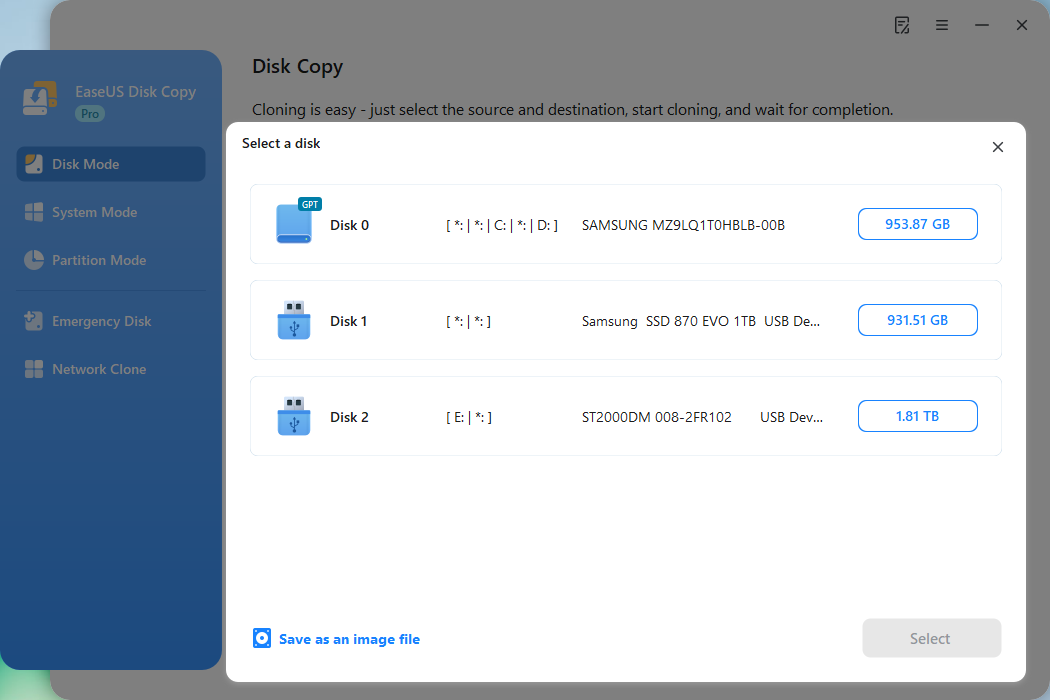
*At this step, you can also click the option "Save as an image file" to store your disk as a compressed image file, which can be restored without any data loss.
Step 4. Adjust disk layout.
Specify the target disk layout as your preference. You can choose among:
- Autofit the disk: makes some changes by default on the destination disk layout so that it can work at its best.
- Copy as the source: create a 1-to-1 copy of your source disk; the layout is the same as the source disk.
- Edit disk layout: allows you to manually resize/move the partition layout on this destination disk.
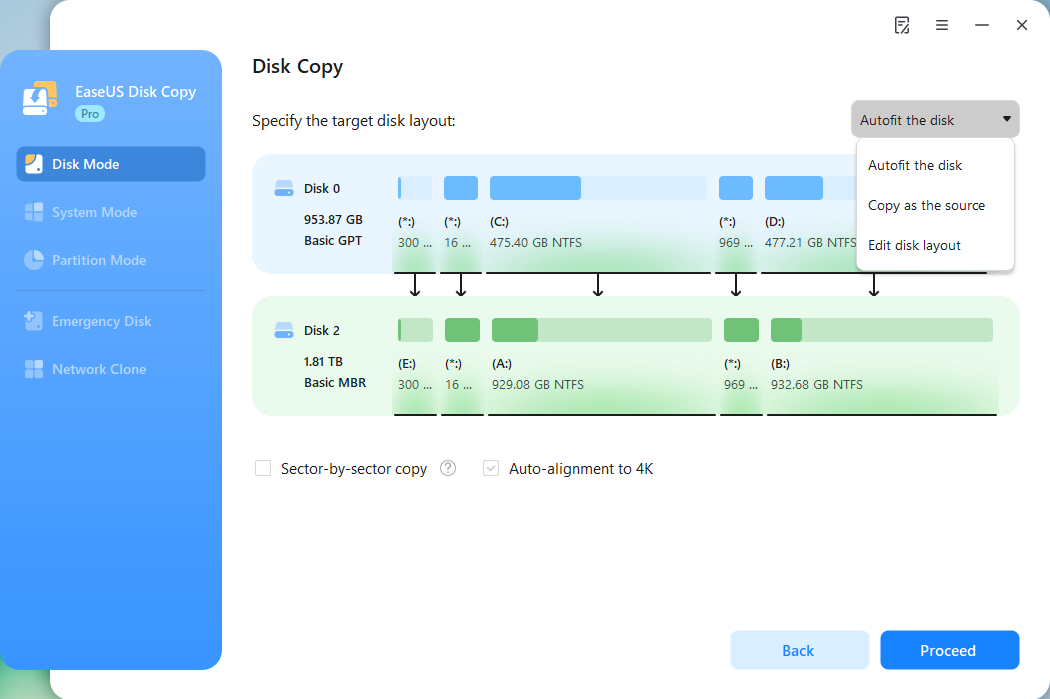
*If the target disk is an SSD, the option "Auto-alignment to 4K" will be checked automatically to optimize the performance of your SSD.
Step 5. Start cloning.
Click Proceed, and a message will appear, warning you that data will be lost. Confirm the message by clicking Continue.
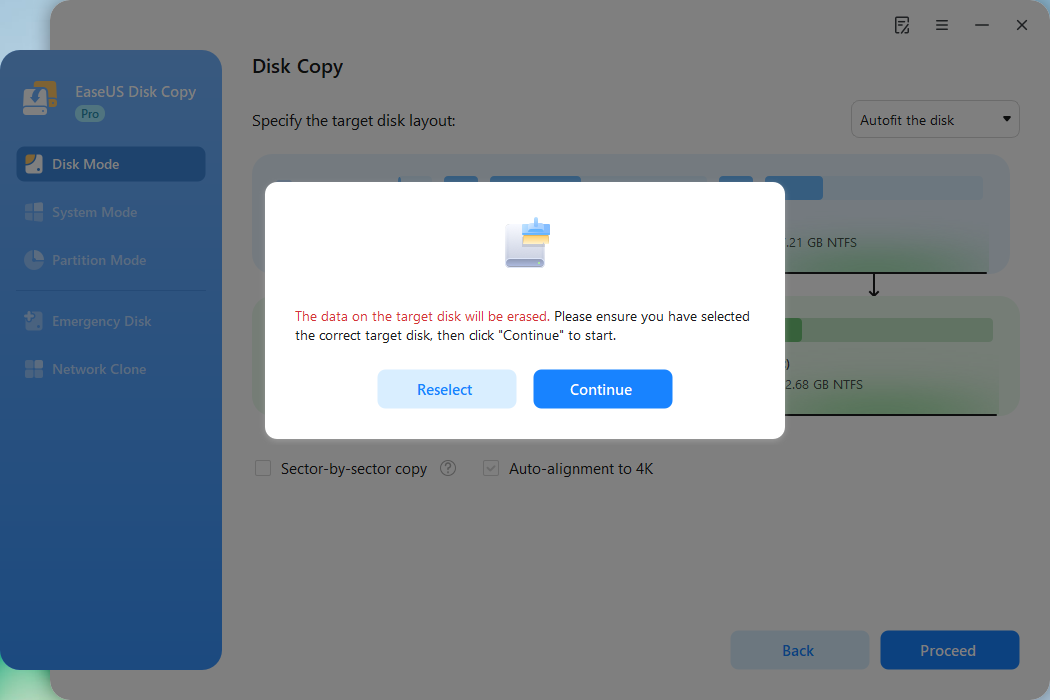
Now, it will start executing the cloning task.
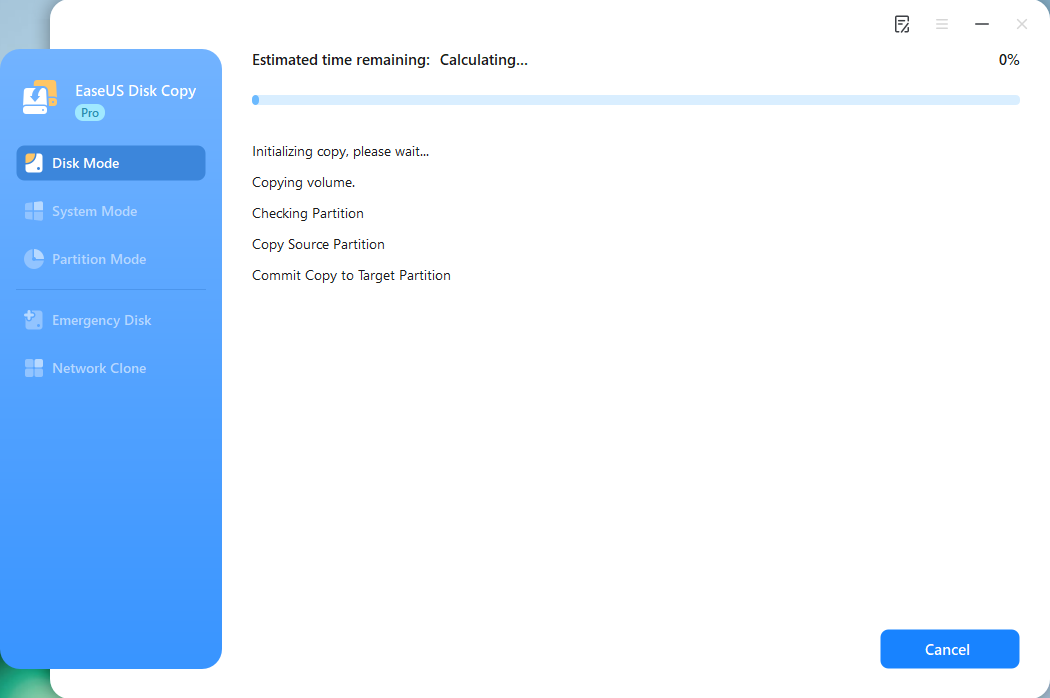
*The time it takes to clone a hard drive depends on how much data is on the source disk, and it will also be affected by the disk types, USB connection, etc.
Share this article on social media to help others reinstall Windows after replacing hard drive!
How to Install Windows 10 on a New Hard Drive
After replacing the hard drive, how to reinstall Windows after replacing hard drive should be the top priority. The installation process usually includes three parts. Let's come to the details. Take Windows 10 as an example. The following is how to reinstall Windows 10 after replacing the hard drive.
- Part 1. Create Windows 10 Installation Media
- Part 2. Boot from Windows 10 Installation Media
- Part 3. Install Windows on New Hard Drive
Part 1. Create Windows 10 Installation Media
To install Windows 10 operating system, you need to create Windows 10 installation media. In addition, the easiest and most common way is to use a bootable USB drive. You must create one to help reinstall or clean install Windows 10 on the new drive.
Creating a Windows 10 bootable USB is simple. You can refer to this article for help.
How to Create a Windows 10/11 Bootable USB
This is a tutorial on how to create a Windows 10 bootable USB. You can learn how to make a Windows bootable USB drive in this article.
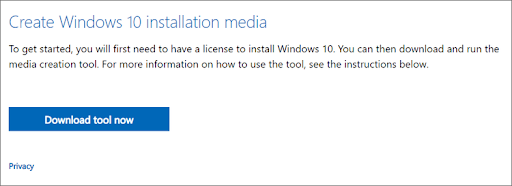
Part 2. Boot from Windows 10 Installation Media
You can perform the steps below to boot your computer from a Windows 10 bootable USB drive.
Step 1. Insert the bootable USB drive into your computer with a new hard disk installed.
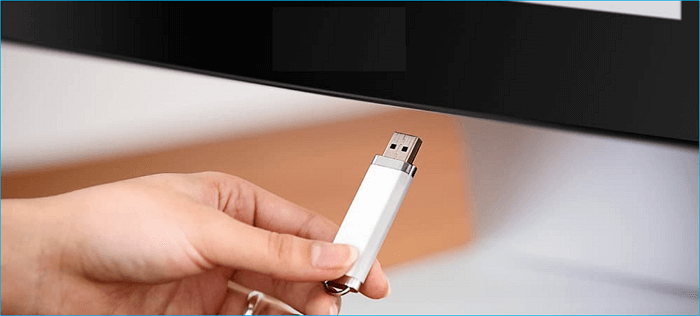
Step 2. After the computer has been started, press and hold the BIOS key (F2, Del, F10, or F12, depending on the model) until the BIOS screen appears.
Step 3. Navigate to Boot Manager to set the bootable USB as the first boot device in the BIOS settings.
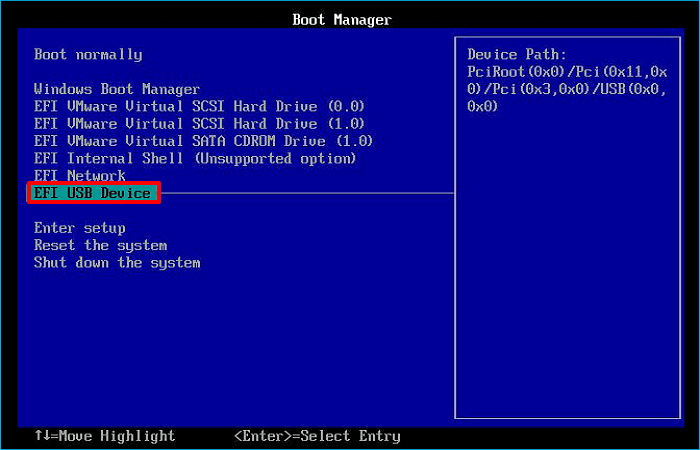
Step 4. Save the changes and exit the BIOS. Your computer will then boot from the bootable USB.
Part 3. Install Windows on New Hard Drive
The steps to install Windows on a new drive are as follows:
Step 1. You'll enter Windows Setup automatically when the computer boots up again. Select your Language and other preferences settings and click Next.
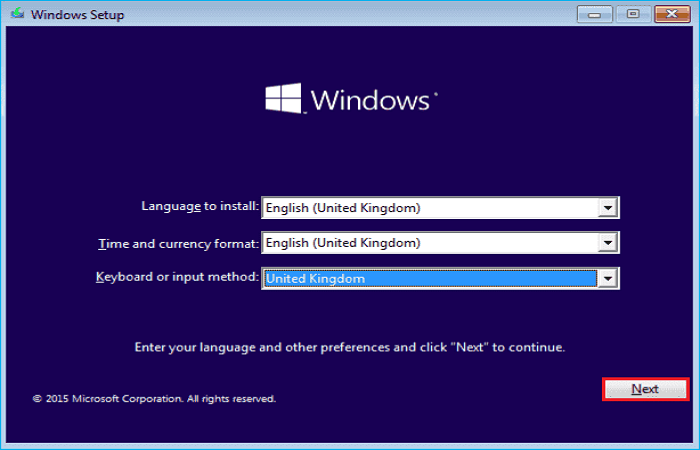
Step 2. Tap Install now.
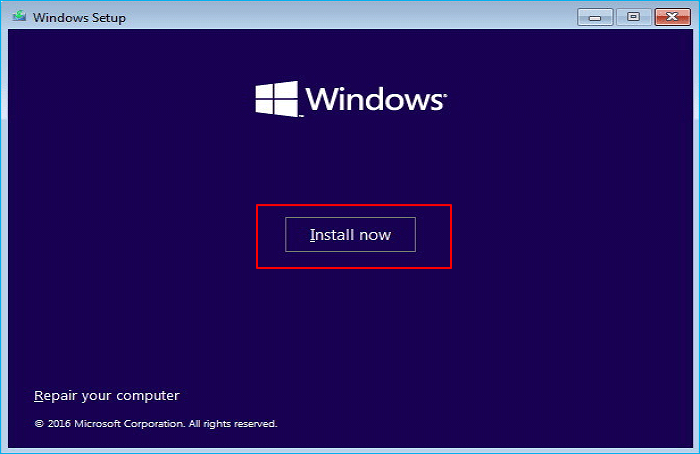
Step 3. Click I don't have a product key. (You will be prompted for your Windows 10 product key during the Windows Setup process. When you select the I don't have a product key option, Windows will eventually activate itself.)
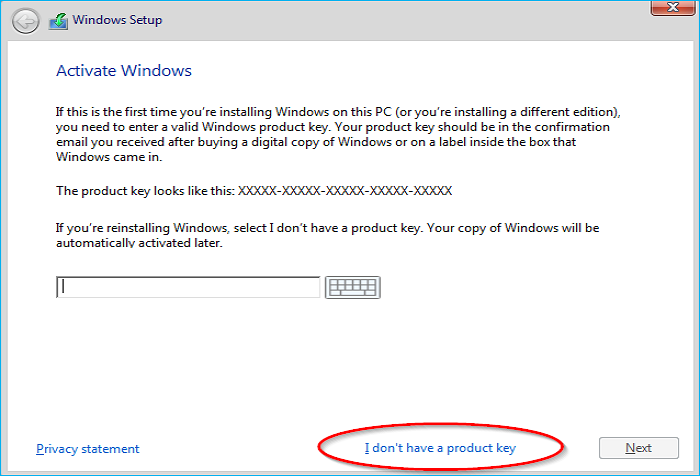
Step 4. Click the I accept the license terms box and click Next.
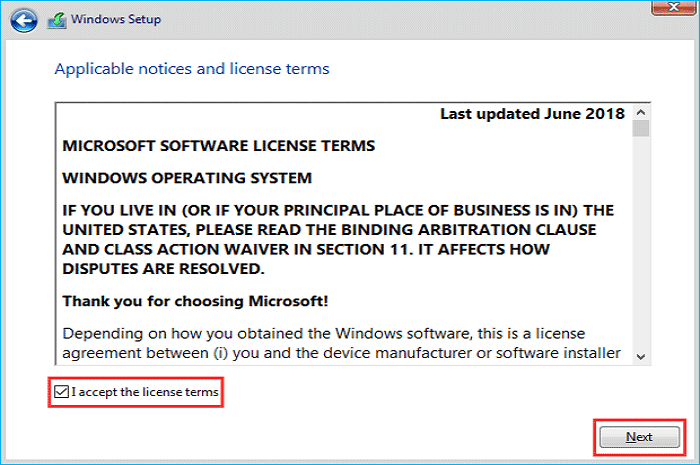
Step 5. Select Click Custom: Install Windows only (advanced).
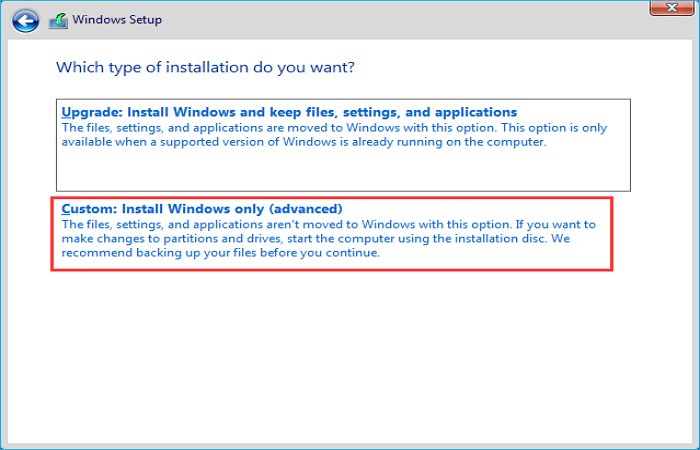
Step 6. Select an unallocated drive, tap New, Apply, and then Next.
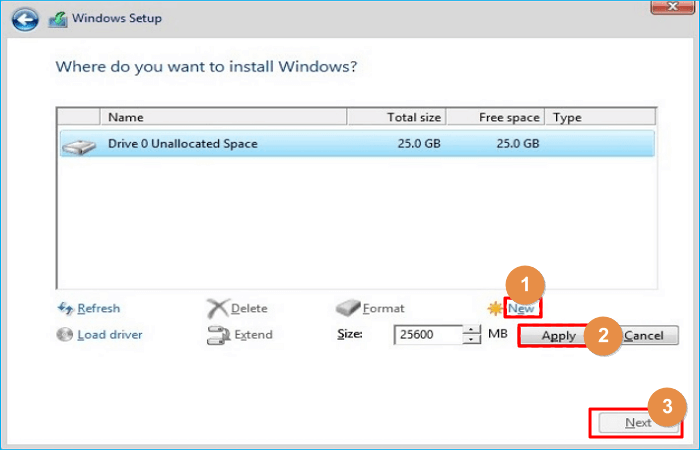
Step 7. You will get new partitions. Select the primary partition and tap Next.
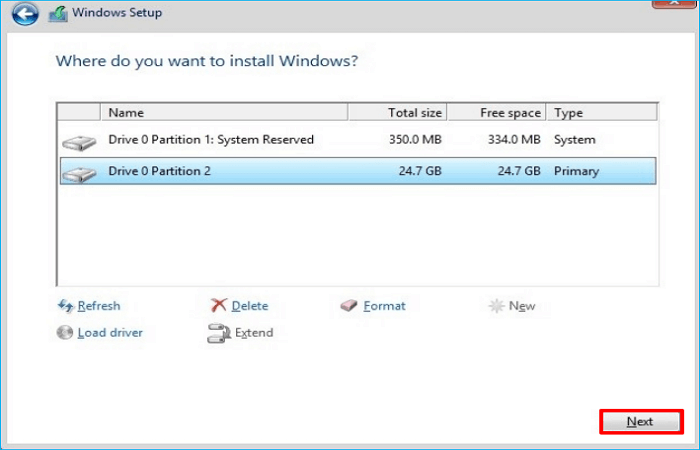
Step 8. Wait for the installation process to be completed.

All the steps for installing Windows after replacing the hard disk are listed above. After reinstalling the operating system, you can reload your applications and restore your personal files from the backup on the new hard drive. That sounds difficult, right? Additionally, it takes a lot of time and is laborious.
But do not worry. You have other ways out. Here is a way to help you replace a hard drive without reinstalling Windows. Let's learn how in the following.
Here is an article on how to install Windows from BIOS from USB. You can read it if needed.
To Sum Up
How to install Windows after replacing hard drive? Have you got your answer now? In this article, you can learn, after replacing the hard drive, how to install Windows in a step-by-step guide. As you can see in the article, reinstalling Windows is a little complicated after changing a hard drive.
Fortunately, in this article, you can also learn how to replace a hard disk without reinstalling Windows with the help of EaseUS Disk Copy. It is a practical cloning utility that can help you perform various cloning tasks. It can also help you solve issues like the cloned hard drive showing wrong size. More valuable features are waiting for you to explore!
FAQs on How to Install Windows After Replacing Hard Drive
1. Do I have to install Windows after replacing hard drive?
Yes, you will have to install Windows if you replace your hard drive. But if you clone your hard drive to another drive, you do not need to reinstall Windows. This is because cloning allows you to replace a hard drive without reinstalling Windows.
2. Does replacing a hard drive remove the OS?
Yes, replacing the hard drive will remove your operating system (OS). If your OS is stored on your hard drive, when replacing the hard drive, you need to reinstall your OS to make your computer run as usual.
3. How to transfer OS from HDD to SSD without reinstalling Windows?
If you want to transfer your operating system from an HDD to an SSD without reinstalling Windows, you can use a method called cloning. Cloning lets you migrate your OS from HDD to SSD without Windows reinstallation.
4. Can I install Windows on a new hard drive without losing data?
The answer is yes. You can install Windows on a new disk without losing data. You can clone your Windows from one hard drive to another or clean install Windows on a new disk. Before performing a clean installation, back up your data first. Cloning can help you transfer data and Windows from one disk to another so you don't have to reinstall Windows.
5. How to activate Windows after installation?
Once the Windows setup is completed and Windows has installed, go to activation settings: Select the Start button, and then select Settings > Update & Security > Activation.
-
Updated by
>"I hope my articles can help solve your technical problems. If you are interested in other articles, you can check the articles at the bottom of this page, and you can also check my Facebook to get additional help."…Read full bio
EaseUS Disk Copy
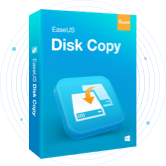
One-Click Disk Clone
Smooth PC Upgrade
EaseUS Disk Copy Resources

Start cloning disk with EaseUS Disk Copy

